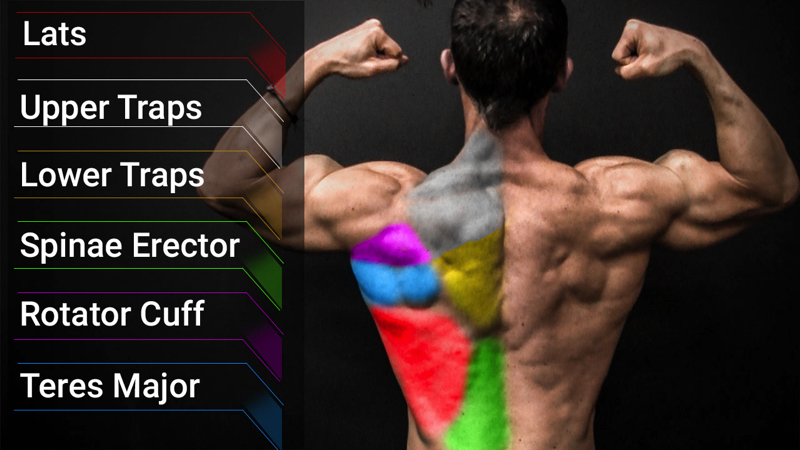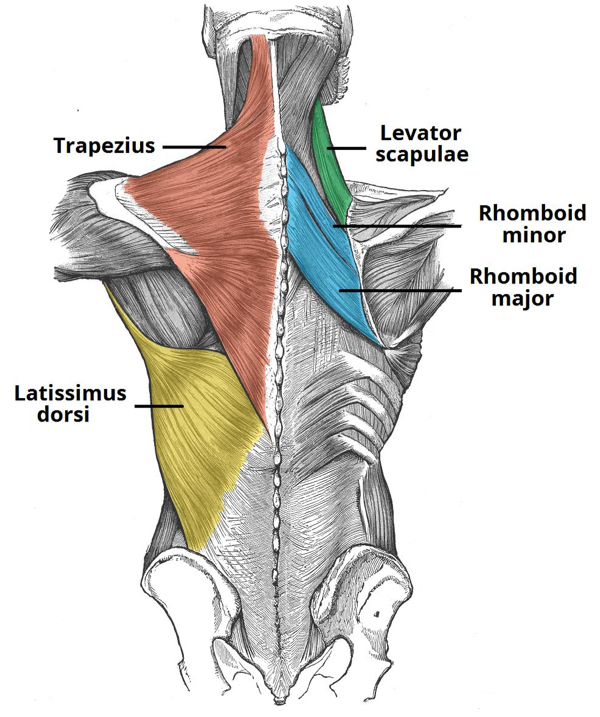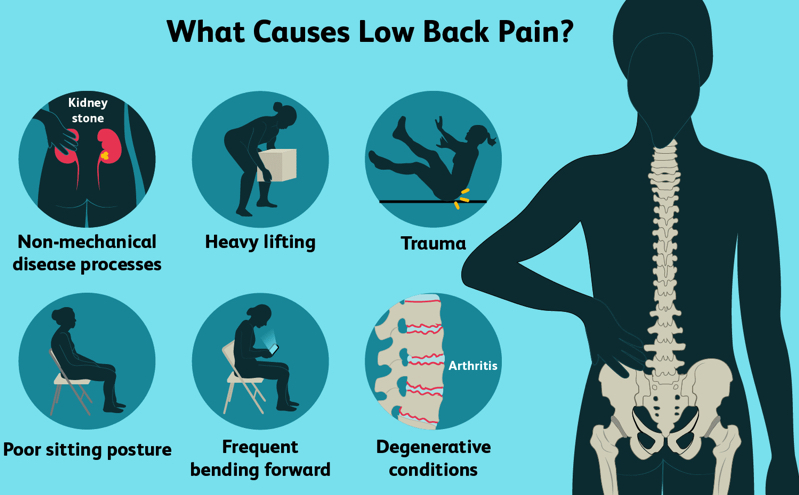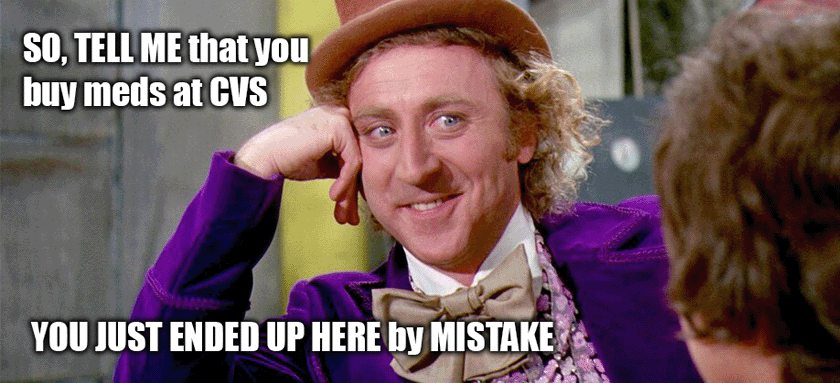
Pain is inevitable at some point in our lives. Whether a child fell at the playground or an adult is injured at work, we’re likely to experience some type of pain throughout our lifetime. Some have a level of pain that can impact their daily lives. Oftentimes, pain can be classified as mild to severe.
Treatment options for pain vary according to each individual. Over-the-counter (OTC) medication can alleviate the pain for some people while others need professional help to manage or treat their pain. A physician can discuss your pain with you for the best treatment options.
Facts about Back
Our back is one of the focal parts of the body. There are a lot of important components that make up the back. For example, the spinal column rests in the central area of the back which is the main support system for the body. Keep reading more details below to learn more about other parts of the back.
- Back Muscles
The back area has several muscles. Common back muscles can be defined as upper and lower. These muscles protect other areas of the back as well as contribute to the function of the neck, shoulders, and arms.
- Bones. Tendons. Tissue
Inside the back, there are bones, tendons, joints, arteries, veins, ligaments, and tissue. Each element of the back is equally as important. The areas of the back mentioned above play a unique role in its functions. Without either of these parts or if they’re impaired, the back would not function properly.
- Back Redefined
Our back can be defined as having a superficial and deep layer characteristic. The superficial part of the back consists of the muscles including the scapula. Again, the muscles are imperative because they play a significant role in how the back functions.
The deep layer of the back is an essential part of the back. As a part of the anatomy of the back, the deep layer determines the rotation of the spine and the head. Within the deep layers of the back, intermediate muscles contribute to its rotation. Read online pharmacy reviews for more details about the back and its functions.
Our back helps us do a lot of things including bending, lifting, and rotating. Unfortunately, bad back or back pain can wreak havoc on our lives. In fact, back pain can hinder us from functioning properly in our daily lives and completing our daily tasks. Are you experiencing back pain?
Help! Why is My Back Hurting?
Back pain can occur at any age, but it oftentimes has an impact on younger working and older adults. A work-related injury is a major culprit behind back pain. If you’re lifting heavy objects at work without properly using your knees as support and straining your back with excessive weight, you can experience back pain.
However, back pain can be a result of other issues including a sprained muscle, tendon, ligament, broken bone, or displaced joint. If you’re experiencing moderate to severe back pain, you should talk to your doctor right away to discuss your treatment options.
Take a look at the short video clip below to learn more about back pain treatment options.
The best treatment for back pain starts with your doctor. A back specialist is known as an orthopaedic doctor. They understand the functions of the back to help you get the right diagnosis and treatment options. To learn more about back pain, you’re encouraged to check out the latest online pharmacy reviews for more details. Have you been experiencing back pain?
What is Causing My Back Pain?

According to the Mayo Clinic, “back pain is the leading cause of why people seek medical attention.” For some individuals, it’s a significant reason why they miss work or the nature of their long-term disability.
Many back pain sufferers complain about lower back pain as the leading cause of their pain. Research shows most back pain can be alleviated for people under 60 years of age but can be harder to resolve for older adults. The truth is, back pain can be downright debilitating for ageing adults. Let’s take a closer look at the treatment options for back pain.
What are My Treatment Options?
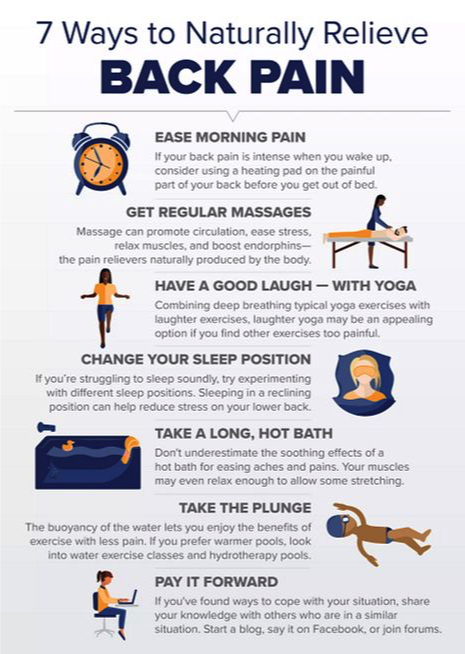
To learn more about your treatment options for back pain, visit recent online pharmacy reviews for more details. There are quite a few things you can do to alleviate or manage your pain before you schedule an appointment with your doctor.
First, it’s important to identify the source of your pain. Is your lower back in pain? Are you having pain in the muscles in your back? In fact, there are different treatment options for mild and chronic pain. It won’t be hard for you to distinguish your level of pain to determine the best treatment for your unique situation.
WebMD suggests, “OTC pain relievers for back pain including Ibuprofen and Naproxen.” Medication is a noninvasive way to treat your back pain which can also include prescription medication. However, it’s important to avoid stress on the spine or triggers that will cause back pain. Chronic back pain will require a direct approach or professional help. Other treatment options for chronic back pain include:
- steroid injections
- surgery
- nerve ablation
- physical therapy/massages
- hot/cold packs
- Cortisone
- stretching exercises
- acupuncture
- weight reduction
- IV therapy
An orthopaedic doctor can diagnose and treat your unique back pain. Talk to your doctor if you or someone you love is suffering from chronic back pain.
Conclusion
It’s possible to overcome mere back pain caused by a strain or sprain. OTC medication or a massage can help. If your pain is ongoing or debilitating, it’s important to visit your doctor right away.

Ironically, back pain doesn’t have to have a major impact on your life depending on the severity of your pain. For chronic pain, long-term relief is necessary. Reduce your back pain to ensure your daily activities are met with proven treatment options today.

